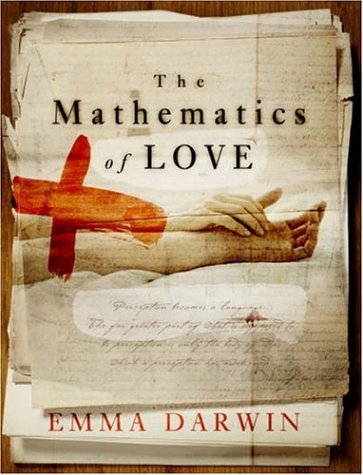The Mathematics Of Love
1819: Waterloo veteran Stephen Fairhurst has lost his leg and his true love to war. Returning to England, he is devastated to find that the mother country, for which he sacrificed so much, has become a tyranny of corrupt aristocrats and industrialists squeezing their fortunes out of a starving underclass. The book begins with a moving depiction of Manchester’s Peterloo Massacre. Fairhurst embarks on a long journey of redemption that will eventually lead him back to Spain to lay old ghosts to rest.
1976: 15-year-old Anna Ware comes to live in Fairhurst’s old home with her alcoholic uncle, mentally unstable grandmother, and Cecil, a neglected child. She seeks solace in Stephen Fairhurst’s letters and in her friendship with Eva and Theo, an émigré couple who teach her photography. Upon learning of their open relationship, Anna is both scandalised and secretly aroused. When Eva leaves on a trip, underaged Anna embarks on a searing amour fou with Theo. Meanwhile her grandmother’s rages get out of hand and Cecil is in danger.
This ambitious debut novel is painted on a broad canvas and embraces monumental themes such as war, family violence, loss, and the healing power of love and sex. The 1970s narrative seems much more fully realised, possibly because the author is more adept at writing from a female viewpoint. Anna Ware’s confusion and longing are utterly convincing and the writing is spare and compelling. In comparison, Stephen Fairhurst’s first person narrative comes across as stilted and overwritten, especially toward the end. Catalina, his great lost love, remains a cipher. Despite the device of Anna reading Stephen’s letters, the two narratives did not mesh for me in a satisfying way to become something more than the sum of their parts. Nonetheless, an absorbing read.










